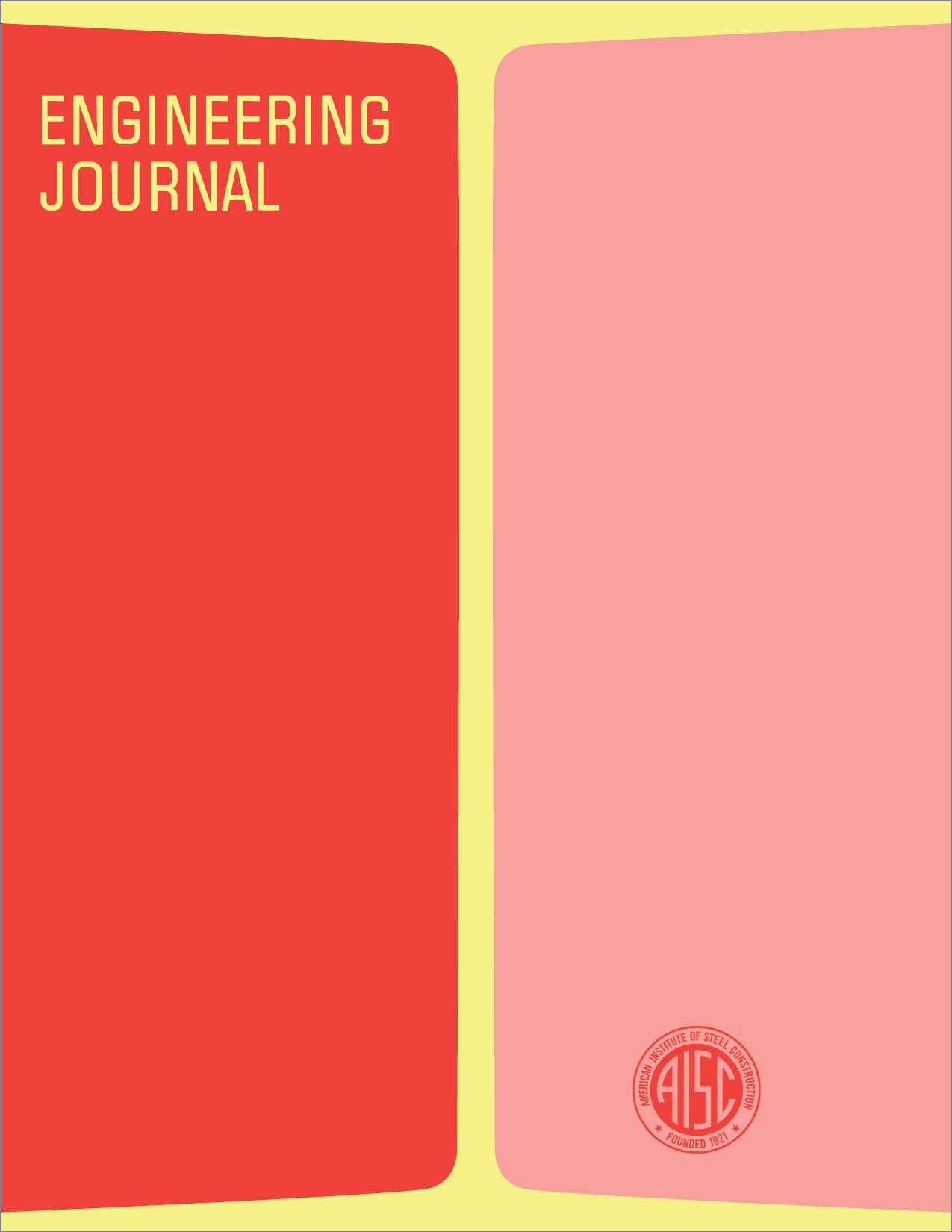Modern Approaches to Solution of the Wind Problems of Long Span Bridges (T.R. Higgins)
DOI:
https://doi.org/10.62913/engj.v13i2.262Abstract
During the process of design, the possible future loads and conditions to which a structure may be subjected must be conceived of and properly accounted for in analysis. It is hoped that, after the structure is erected, the loads and conditions which nature and man eventually impose on it will fall within the "envelope" of those previously conceived. When they do, the design is successful over its life span. Clearly the designer thus assumes responsibility for as wide a conception as possible of future loads. This conception is then translated into the structural form. Meanwhile, from another side, economics dictates that the structure not be overdesigned, which can occur if certain types of loads, though anticipated, are not well identified. In the case of large bridges, awareness of loading conditions has proceeded both from insight and by accident. Early efforts and failures to make proper assessments of static wind loads, going back a century and more ago, are well known. Even today, new information continues to be sought in this area. The vibratory responses of bridges to wind have also touched off many investigations which have led eventually to greater insights into bridge aerodynamic loading effects. Though history now identifies many related examples which preceded it, the Tacoma Narrows disaster of 1940 signaled the advent of the modern era of investigation into the aeroelastic problems of long span bridges. Until recently, however, this whole area of problems has remained less familiar to the designer than have the traditional static problems.

